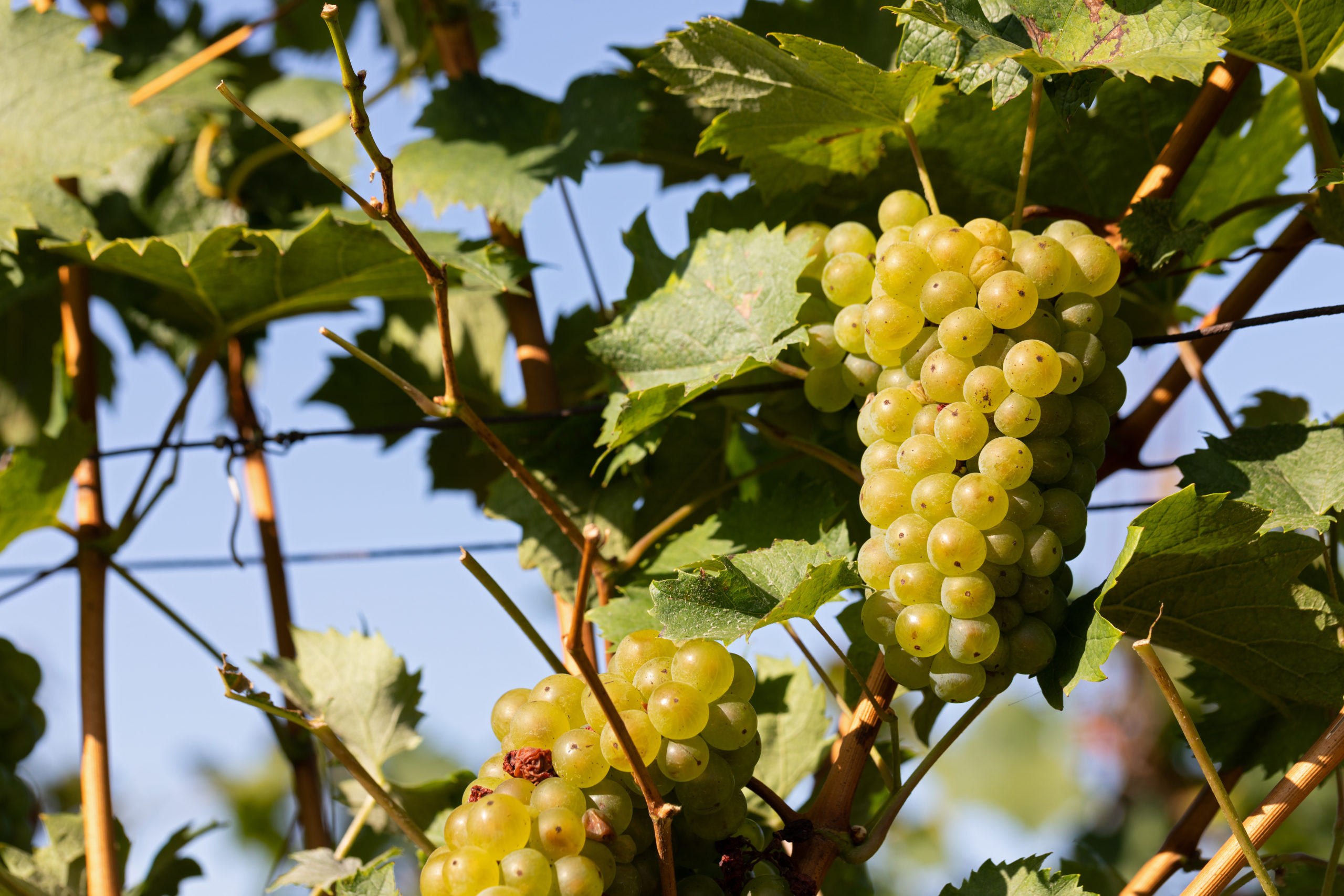Today marks International Furmint Day, but for many American wine consumers, this grape and it’s name are very unfamiliar. Well, no better time to get acquainted than now!
Here we present our guide to Furmint in an effort to help you celebrate today:
First off, Furmint is a grape that is believed to be native to its current home, Hungary, where it is vinified dry, but also the main grape in the more recognizable dessert wine, Tokaji (pronounced: toe-kai). Many a wine scholar have tried to tie the origins of the grape to Italy or other European regions based loosely on phonetics and translations from the words regionally to describe the color of wheat, but genetic analysis and historical record has proven all of these theories wrong to date.
Furmint is a child of the Gouais Blanc grape, making it related to Riesling, Chardonnay, Gamay, and roughly 80+ other grapes that exist today, of both red and white varieties.
Aside from Hungary, it can be found growing currently in Slovakia, Slovenia, Austria (where it is known as “Mosler”), Romania, and Croatia (where it is known as “Moslavac”).
The earliest writings referencing Furmint growth date to 1571 in Hungary, and due to the age of the grape, there are multiple mutations to be found with different grape skin colors (much like Pinot Noir or Sangiovese mutations).
Furmint is a late ripening grape, generally being harvested for dry wines in September, but often left to hang through October or later for late harvest pickings after Botrytis (a.k.a. noble rot) has settled in on the grapes.
Now, speaking to Botrytis, Hungary (like most of Europe) has a pretty serious global warming issue that has increased temperatures in the summer, which in turn has shifted away from the humidity that is needed for the noble rot to set in come fall-into-winter. At one time about 6 vintages a decade were good for late harvested grapes, now we’re lucky if 3 make the cut. This makes Tokaji production very difficult nowadays. The adjustment has been made to focus on single vineyard, dry white expressions that have actually begun to take a foothold in the export markets since the early 2000s.
It’s worth saying, especially as you’ve probably never heard of Furmint, that the fact a wine grape this old is still grown (much like the ancient Pinot Noir), and has seen variable reasons and fashions to adjust stylings of dry wines in ancient times, to sweet wines around the 18th century, carrying the sweet wine torch well into the 20th century, to ultimately shift back to dry stylings and single vineyard expressions to combat global warming, all while not losing a foothold in the global market and consciousness – the entire way through – nor ever be decimated by an off-handed, loosely connected comment in a film (see: Merlot), is absolutely astonishing.
So there you have it, our guide to Furmint for International Furmint Day. While it may be difficult in some US regions to acquire some from a wine shop, the beauty of the internet begins to shine. You can definitely find Furmint wines online (as long as you live in a “shippable” state for online alcohol sales). We, for one, would highly recommend finding some to try and taking the plunge. Worst case scenario, you had a few drinks and tried something new – best case? New wines to stock in your cellar! You really win either way.
Cheers to Furmint!

